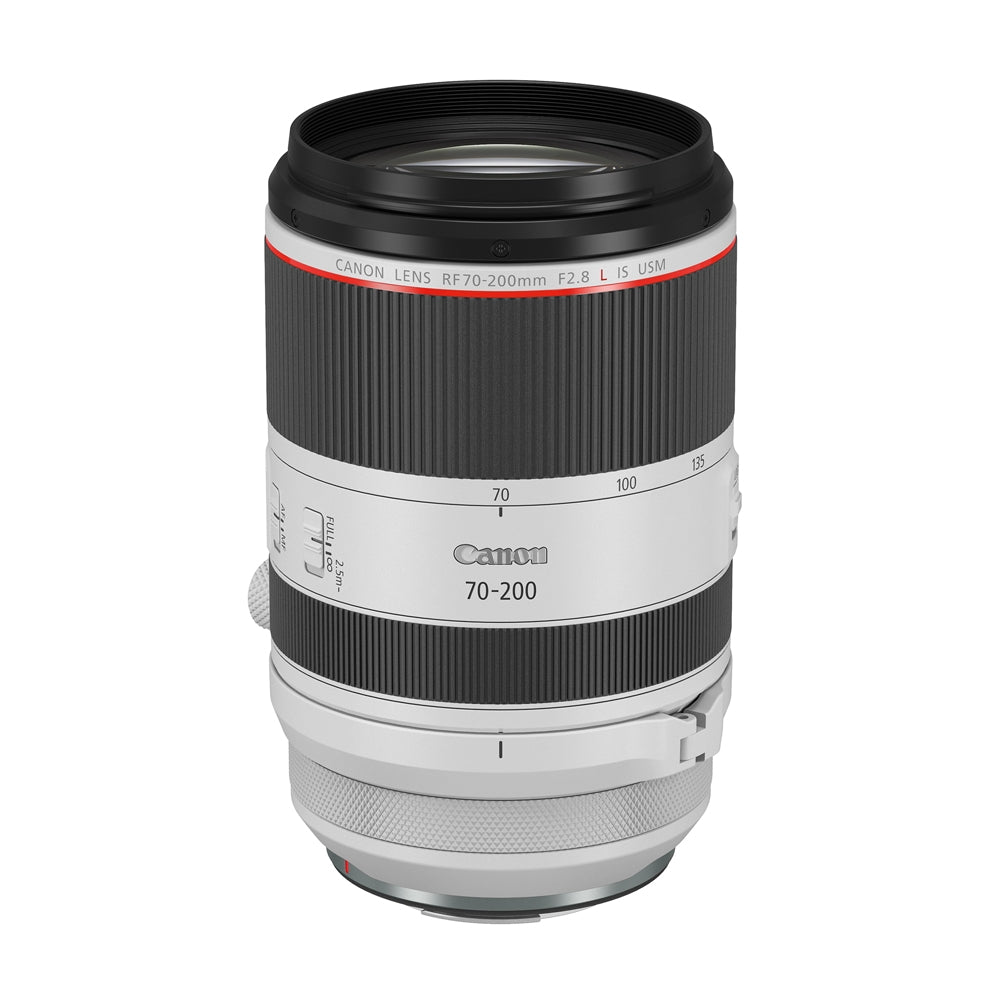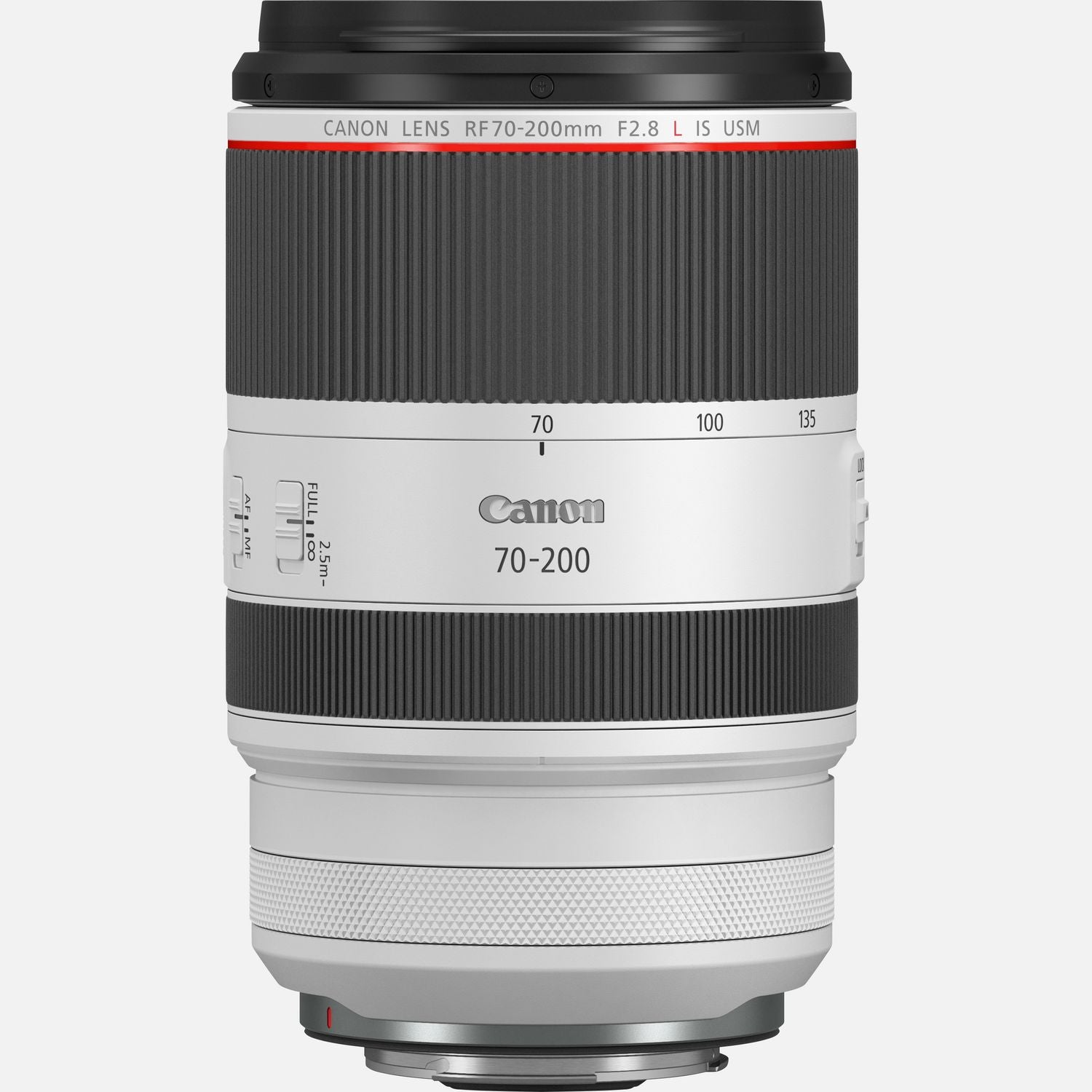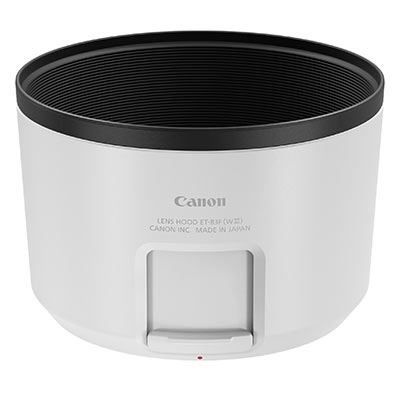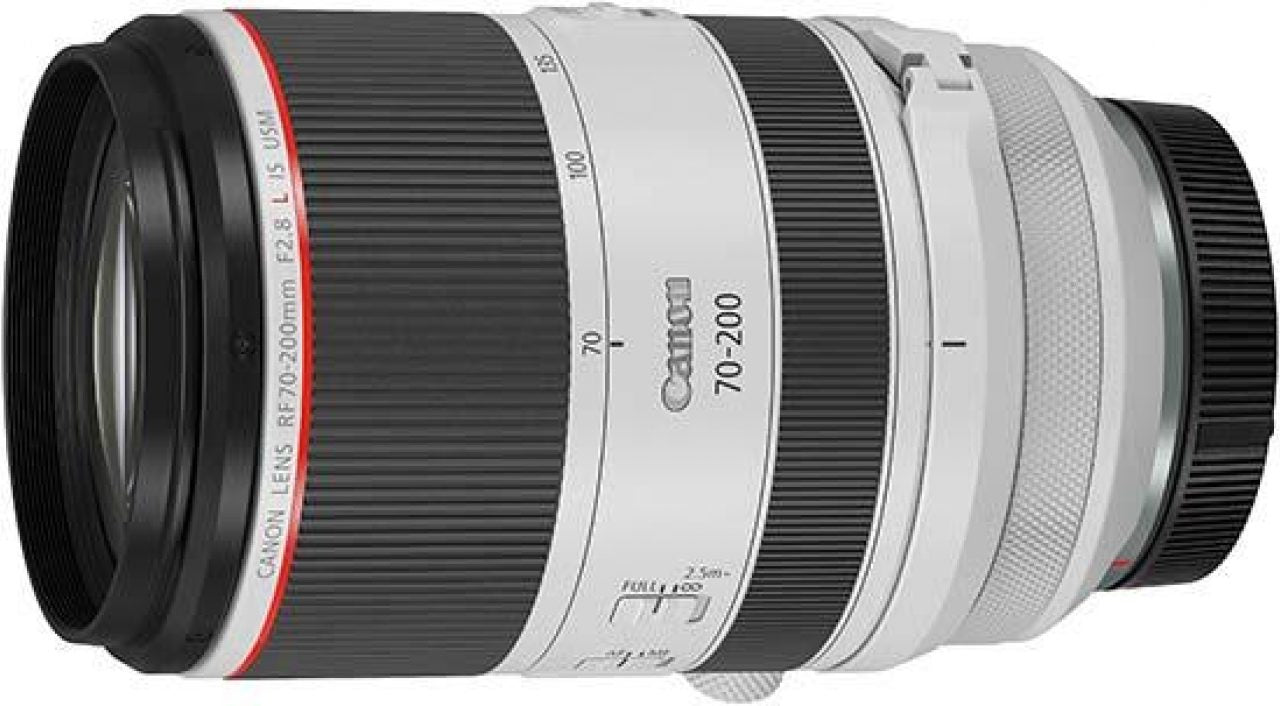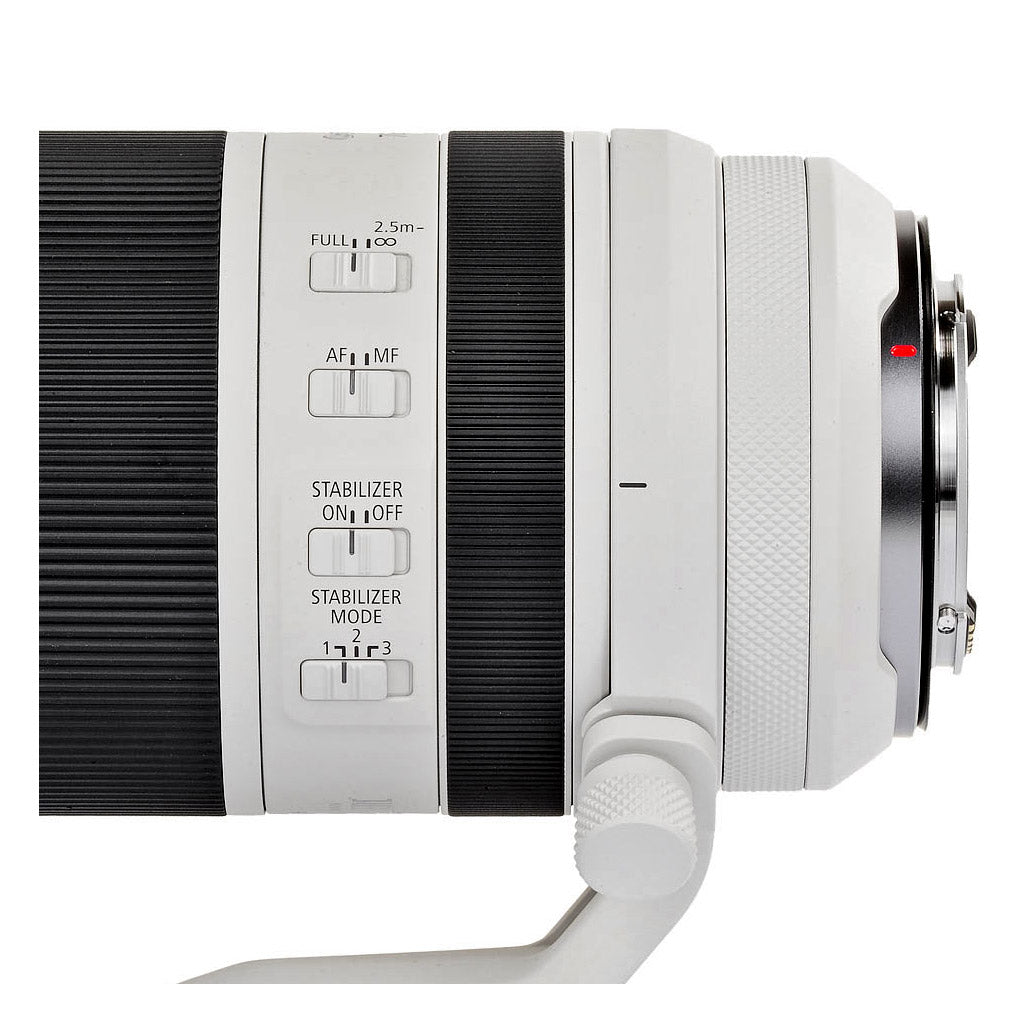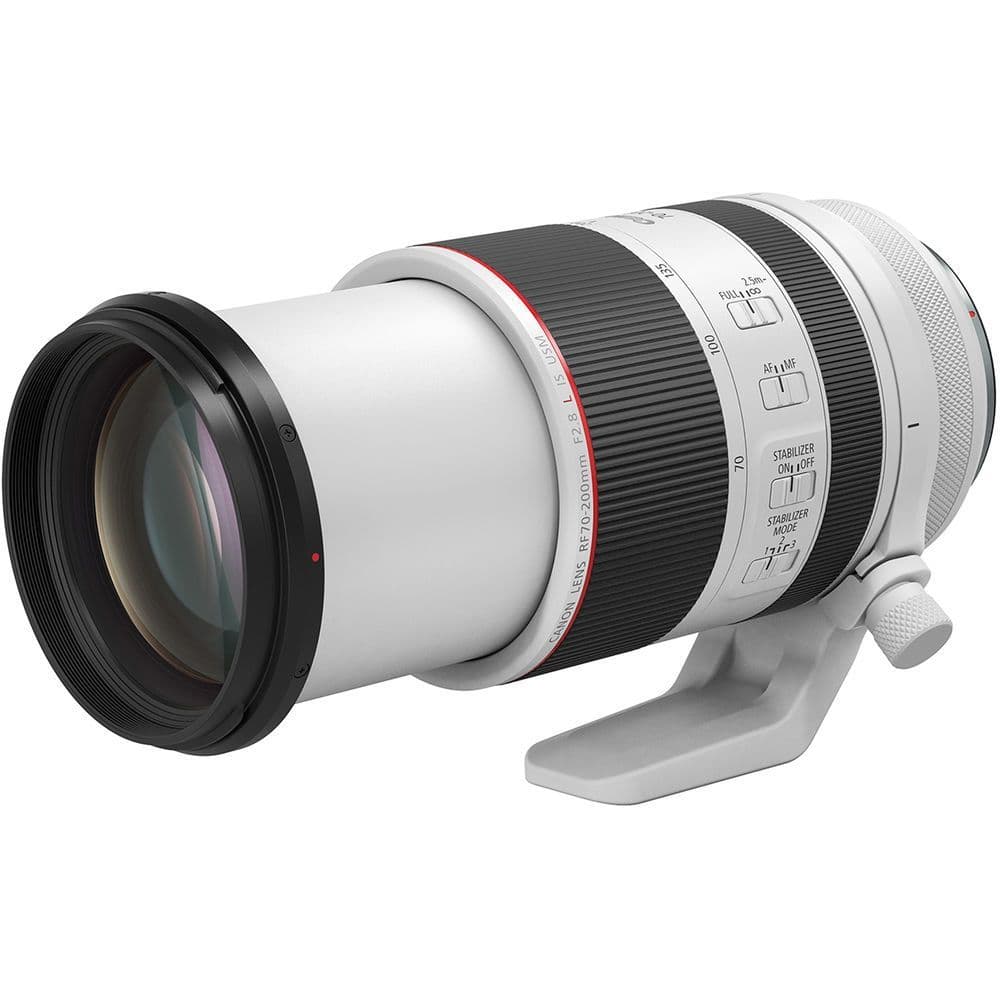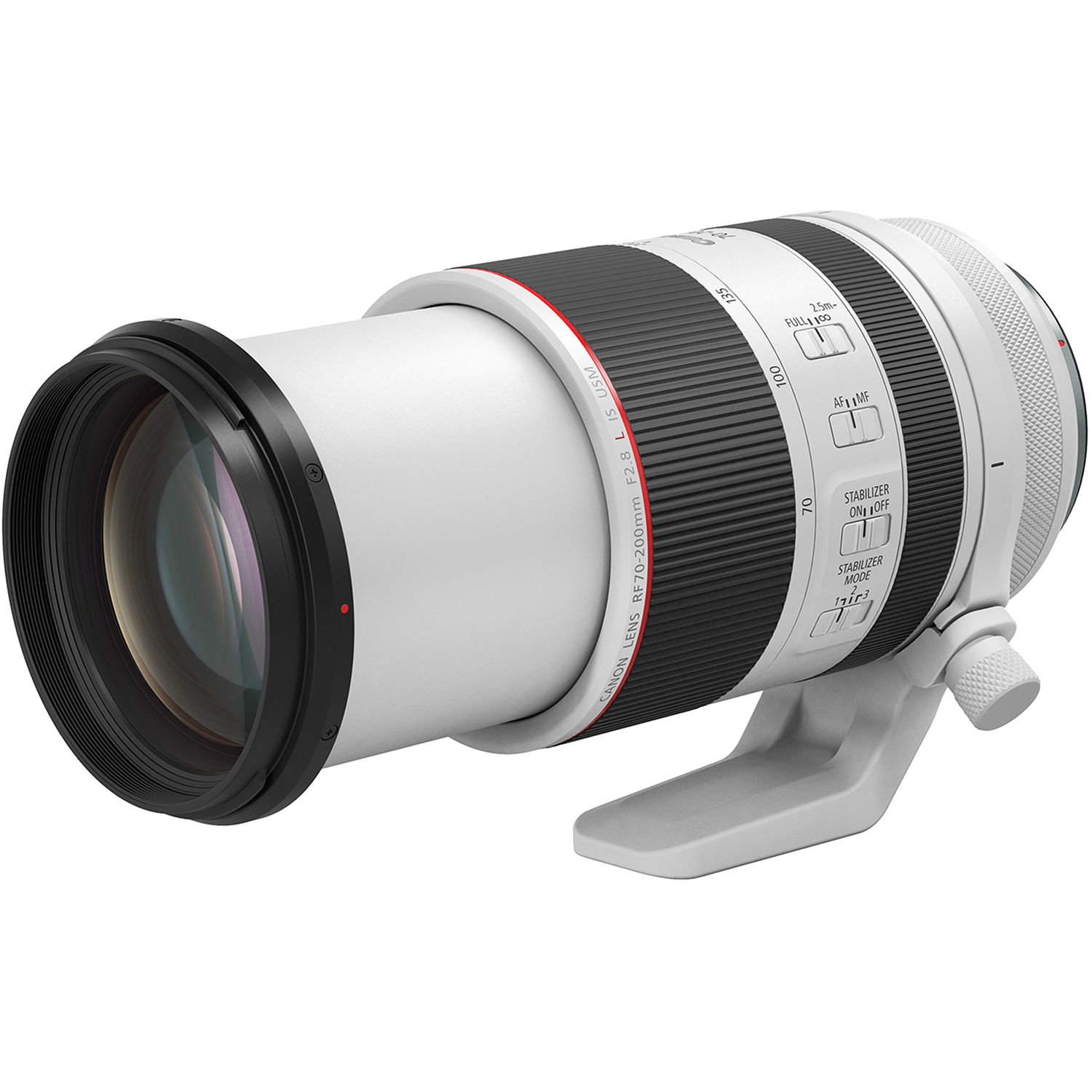Product Description
Canon RF 70-200mm f2.8 L IS USM Lens
The Canon RF 70-200mm F2.8L IS USM comes as a welcome addition to the Canon L-Series of lenses. Designed for use on the Canon RF Mount, this compact and light 70-200mm lens offers a wide, bright and constant F2.8 aperture that will provide excellent low light performance and beautiful bokeh. The lens features an exceptional 5-axis image stabilisation system and Dual Nano USM inside that will give smooth, fast and silent focusing. Furthermore, a 9-blade aperture, aspherical and Super UD elements and SWC and Super Spectra coatings will produce stunningly sharp images. Of course, as this is an L-Series lens, it is weather-sealed, features fluorine coatings to protect against dust and water and finally heat-resistant paint to keep the lens cool in hot conditions.
Key Features:
- Practical Professional Zoom Lens
- Wide and Bright F2.8 Aperture
- Dual Nano USM
- 5-stop Image Stabiliser
- Lens Control Ring
- Excellent Image Quality
- Classic Canon Build
- L-Series Construction
- Compact Design
Wide and Bright F2.8 Aperture
This addition to the L-Series family can produce some beautiful bokeh and can perform exceptionally well in low light conditions thanks to the wide, bright and constant F2.8 aperture. When coupled with some of the excellent Canon Mirrorless Cameras, this lens will not disappoint and is an ideal option for sports or wildlife photographers.
Dual Nano USM
The Dual Nano USM motors found inside this lens are what makes this lens a top-tier L-Series lens. These motors are going to provide silent, quick and smooth autofocusing. This makes this lens perfect for sports and wildlife photography when you need to get focus as quickly and accurately as possible.
5-stop Image Stabiliser and Lens Control
That’s right, 5-Stops of Image Stabilisation makes this even more ideal for sports and wildlife photography. If that wasn’t enough, the added lens control rings mean that you can change settings while still viewing the subject. No more losing your subject whilst tracking and needing to change the aperture.
For full specifications click Here

